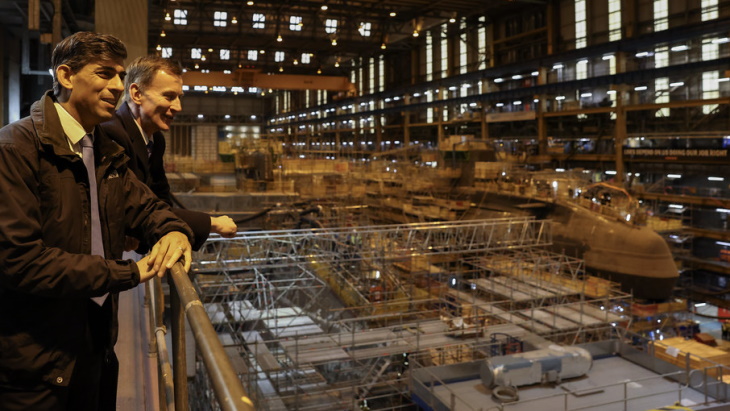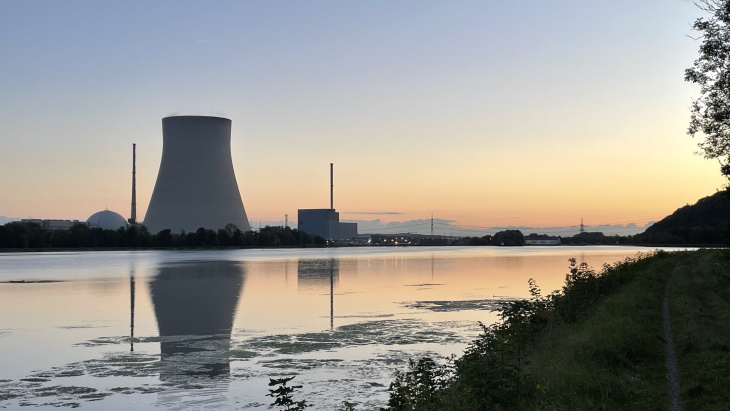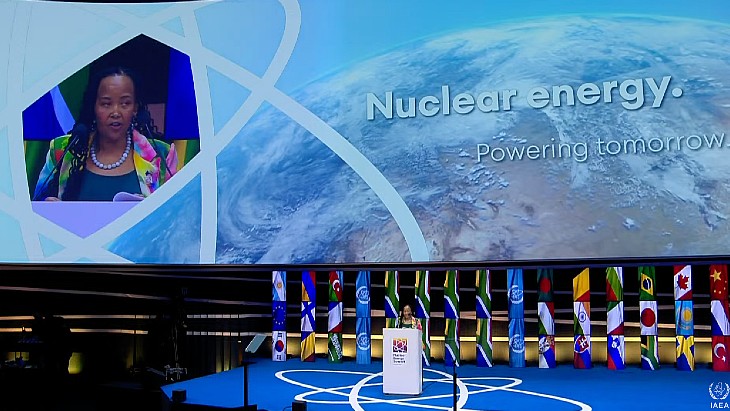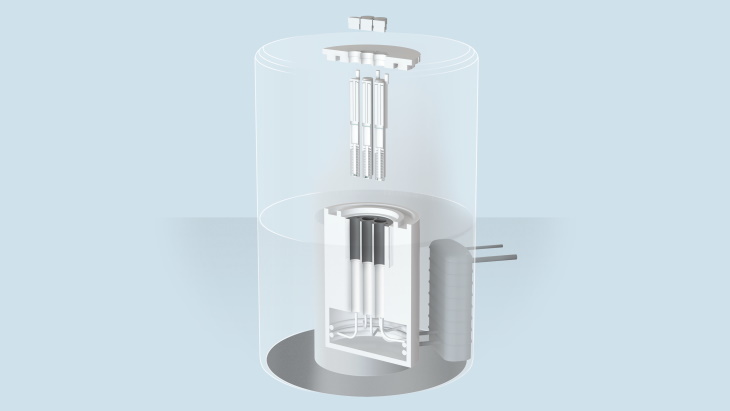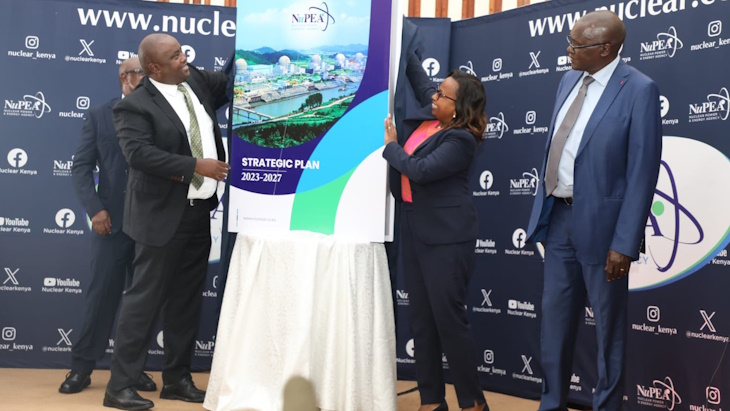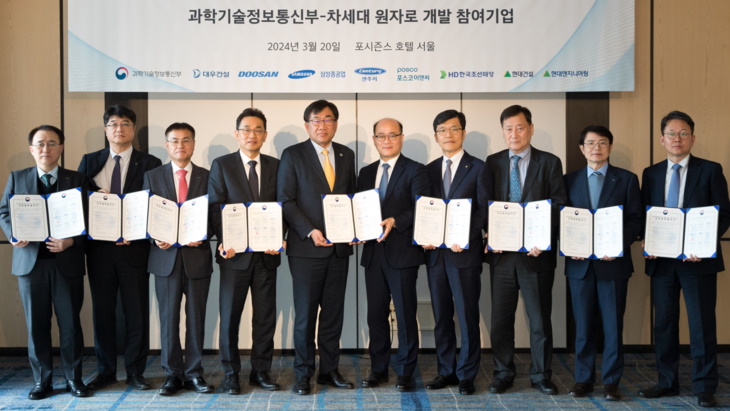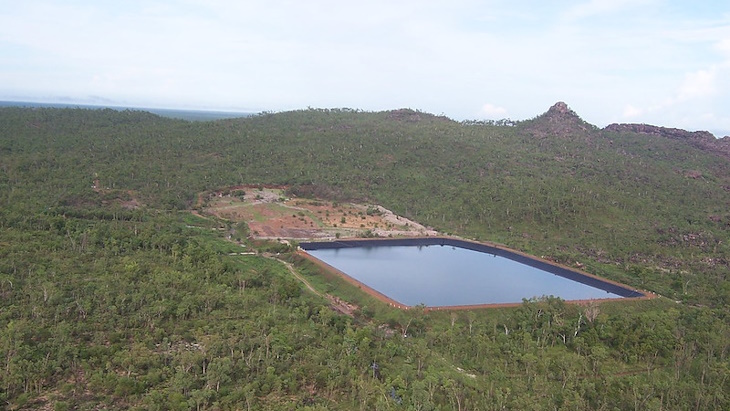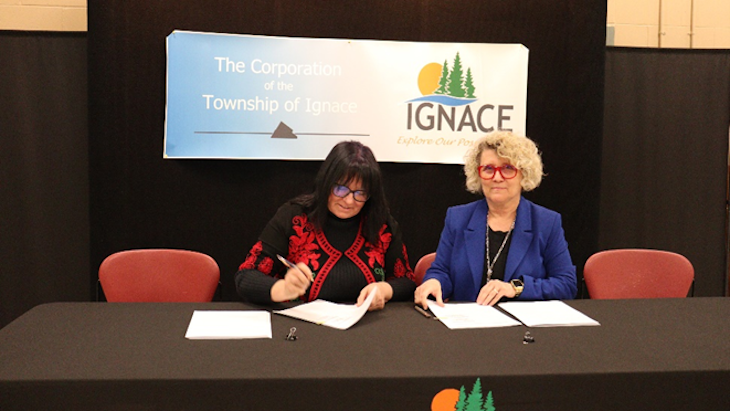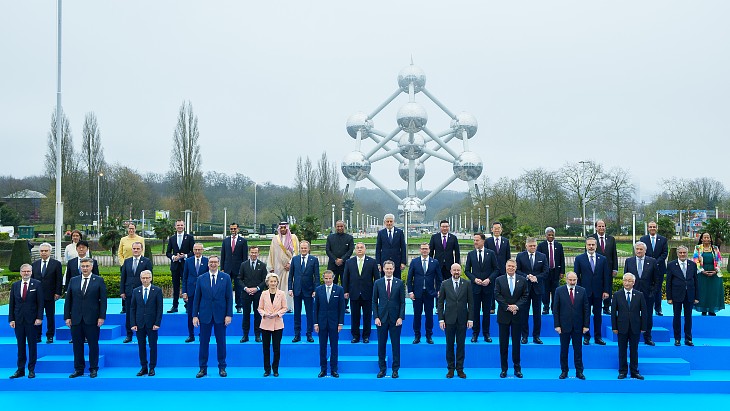Source: https://www.world-nuclear-news.org/Articles/Leaders-back-nuclear-at-summit
Leaders and representatives from 32 countries at the Nuclear Energy Summit backed measures in areas such as financing, technological innovation, regulatory cooperation and workforce training to enable the expansion of nuclear capacity to tackle climate change and boost energy security.
The summit of nuclear-backing countries was jointly organised by the International Atomic Energy Agency (IAEA) and Belgium, where it was held. In his opening remarks, IAEA Director General Rafael Mariano Grossi noted that it had taken 70 years since US President Eisenhower's Atoms for Peace United Nations speech for the first nuclear energy summit at the level of national leaders to be held.
He said that with the need for clean energy, "this is a global effort, the world needs us to get our act together" and ensure that international financial institutions can finance nuclear and increase nuclear energy capacity "in a safe, secure and non-proliferation way". He said "COP28 made it clear: to be pro-environment is to be pro-nuclear" and the summit "shows the nuclear taboo is over, starting a new chapter for nuclear commitment".
Belgium's Prime Minister Alexander de Croo noted his country's change of policy - from closing nuclear plants to extending operation - and said it was increasingly recognised that nuclear had to be part of the mix, with renewables, if the net-zero goals were going to be met.
In a series of speeches from the leaders attending, the need for energy security and carbon-free energy was frequently referenced, with International Energy Agency Director Fatih Birol saying that "without the support of nuclear power, we have no chance to reach our climate targets on time".
Extracts from the summit declaration
"We, the leaders of countries operating nuclear power plants, or expanding or embarking on or exploring the option of nuclear power ... reaffirm our strong commitment to nuclear energy as a key component of our global strategy to reduce greenhouse gas emissions from both power and industrial sectors, ensure energy security, enhance energy resilience, and promote long-term sustainable development and clean energy transition.
"We are determined to do our utmost to fulfil this commitment through our active and direct engagement, in particular by enhancing cooperation with countries that opt to develop civil nuclear capacities in order to reduce greenhouse gas emissions in a nationally determined manner, including for transitioning away from fossil fuels in energy systems, in a just, orderly and equitable manner, accelerating action in this critical decade, so as to achieve net-zero by mid-21st century in keeping with the science, as outlined in the First Global Stocktake of the 28th United Nations Climate Change Conference."
The declaration adds: "We commit to work to fully unlock the potential of nuclear energy by taking measures such as enabling conditions to support and competitively finance the lifetime extension of existing nuclear reactors, the construction of new nuclear power plants and the early deployment of advanced reactors, including small modular reactors, worldwide while maintaining the highest levels of safety and security, in accordance with respective national regulations and circumstances. In this drive for more clean energy and innovation, we commit to support all countries, especially emerging nuclear ones, in their capacities and efforts to add nuclear energy to their energy mixes consistent with their different national needs, priorities, pathways, and approaches and create a more open, fair, balanced and inclusive environment for their development of nuclear energy, including its non-electrical applications, and to continue effectively implementing safeguards, consistent with Member States’ national legislation and respective international obligations.
"We are committed to continuing our drive for technological innovation, further improving the operational performance, safety and economics of nuclear power plants, enhancing the resilience and security of global nuclear energy industrial and supply chains. We reaffirm our commitment to ensuring safe, secure and sustainable spent nuclear fuel management, radioactive waste management and disposal, in particular deep geological disposal, and decommissioning, including decommissioning by design. We call for an intensified collective effort on ensuring the security of energy supply and resilience of individual, regional, and multinational clean energy resources.
"We are committed to creating a fair and open global market environment for nuclear power development to promote exchanges and cooperation among countries. We encourage nuclear regulators to enhance cooperation to enable timely deployment of advanced reactors, including small modular reactors. We emphasise the value of coordinated cooperation in nuclear fuel supply, nuclear power equipment manufacturing and resource security to ensure the stability of the nuclear energy industrial and supply chains."
"We support enhancing efforts to facilitate mobilisation of public investments, where appropriate, and private investments towards additional nuclear power projects. We emphasise that concrete measures in support of nuclear energy may include, as appropriate, tools such as direct public financing, guarantees to debt and equity providers, schemes to share revenue and pricing risks. We call for greater inclusion of nuclear energy in the Environmental, Social, and Governance policies in the international financial system ... we invite multinational development banks, international financial institutions and regional bodies that have the mandate to do so to consider strengthening their support for financing nuclear energy projects and to support the establishment of a financial level playing field for all zero emission sources of energy generation."
"To ensure the future availability of skilled nuclear sector professionals, we need to contribute further to nuclear education and research, and we consider of the utmost importance to train and retain a large and motivated workforce. Investment in skills, including re-skilling, through education and research is critical for the sector through the whole value chain."
What leaders said
The leaders and representatives of the countries attending the summit each gave short speeches. Here are some of the messages those attending heard.
Ursula von der Leyen, President of the European Commission, noted there were different views on nuclear within the European Union, and said the future was not assured for nuclear, citing a falling share of electricity generation in the EU since the 1990s. But she said it should play a crucial role given the urgency of tackling the climate challenge. She added that, assuming safety was assured, countries thinking of closing their existing nuclear power plants rather than extending their lifetimes should "consider their options carefully before foregoing a readily available source of low-emission electricity". She also urged innovation, noting a global "race" involving countries and companies backing small modular reactors, saying "let's go for it".
Romania's President Klaus Iohannis said the country was determined to develop its nuclear energy programme with both large scale and small modular reactors and to become a regional leader, while Bulgaria's Prime Minister Nikolai Denkov noted his country's 50 years of experience in nuclear energy and said investment in new nuclear was a cornerstone for its future plans.
Serbia's President Aleksandar Vučić congratulated the organisers for holding a summit which was "much more important than many meetings and gatherings bureaucratically organised just to see each other and not to do things". He said his country wanted to build three or four small modular reactors and would like to get the know-how to do so and also have support for finding a way to finance them - "as much help as possible".
The Chinese President's Special Envoy Vice Premier Zhong Guoqing, said China had 55 nuclear energy units in operation with 36 under construction and was assisting many other countries, all contributing to tackling global climate change. He said that it was a global issue, and said it was crucial to double down on safety and security and also "to oppose politicisation of the peaceful uses of nuclear energy".
Croatia's Prime Minister Andrej Plenković said nuclear energy was crucial to achieve the net-zero goal and called for new nuclear financing to come from the European Investment Bank and other similar organisations, while Czech Republic Prime Minister Petr Fiala noted the benefits of long-term operation of existing plants for energy security, costs and climate targets and said "international cooperation will bring all of us bigger benefits".
Hungary's Prime Minister Viktor Orban said nuclear was the only way of generating electricity which was cheap, safe, sustainable and reliable. His country has continued with its plans for the Russian-built Paks II nuclear power plant project and noted that companies from a number of countries in Europe, and the USA, were involved in the project. He said it was in everyone's interests to "prevent nuclear energy" becoming a "hostage of geopolitical hypocrisy and ideological debate".
FInland's Prime Minister Petteri Orpo said his country's next steps for nuclear included district heating, hydrogen production and a deep geological disposal site for radioactive waste, while the Netherlands' Prime Minister Mark Rutte said that for many years people had reservations about nuclear but views have changed, with the war in Ukraine "acting as an accelerator ... never before has it been so obvious that for the transition to succeed we need every source".
Slovakia's Prime Minister Robert Fico said his government was planning to construct 1200 MW of new capacity and would be inviting the world's companies to bid for the contracts. Slovenia's Prime Minister Robert Golob said public support for nuclear energy in his country was now above 65% - "it has never been higher". He said that financing was needed from multilateral banks at affordable rates, and also investment was needed in a new skilled workforce. He said global warming was the biggest threat and "we need to act immediately".
French President Emmanuel Macron, whose country has large-scale nuclear expansion plans, welcomed the alliance for new nuclear, saying nuclear energy was the only way to reconcile the need to reduce emissions, create jobs and boost energy security. He added that many countries wanted to electrify mobility "but if the electricity is produced by fossil fuels it is a stupid move". He said there was a need to combine improving energy efficiency, and increase renewables as well as new nuclear.
Pakistan's Foreign Minister Mohammad Ishaq Dar said nuclear was prioritised within the country's power and climate change policy areas. He also said small modular reactors hold the promise of bringing nuclear energy to remote or hard to reach areas.
Turkey's Foreign Minister Hakan Fidan said the Akkuyu nuclear power plant would meet 10% of the country's electricity demand when completed and the plan is for more large plants and SMRs. He also backed IAEA efforts to stop an accident happening at the Zaporizhzhia nuclear power plant. For Japan, Masahiro Komura, Parliamentary vice minister for foreign affairs, said it was essential to introduce clean energy to the greatest possible extent and to devise strategies to get more investment to enhance the use of nuclear energy.
For the USA, John Podesta Senior Advisor to the President for Clean Energy, Innovation and Implementation, said the summit was a 21st Century update for the Atoms for Peace vision, and referenced the commitment by countries at COP28 to triple nuclear energy capacity by 2050, which he said means 200 GW of new nuclear capacity in the USA. He said a start had already been made and added that the country would also aim to help tackle the climate crisis by helping other countries across the world "build safe, secure, reliable, nuclear power".
Which countries signed the declaration
Argentina, Armenia, Bangladesh, Belgium, Bulgaria, Canada, China, Croatia, the Czech Republic, Egypt, Finland, France, Hungary, India, Italy, Japan, Kazakhstan, Netherlands, Pakistan, Philippines, Poland, Romania, Saudi Arabia, Serbia, Slovakia, Slovenia, South Korea, Sweden, Turkey, United Arab Emirates, UK, and the USA.
Industry support for the summit
A number of industry representative groups issued a joint statement in which they welcomed the outcome of the summit, and "the commitment of the national leaders assembled to the development and deployment of nuclear energy to fight climate change, provide energy security, and drive sustainable economic development. We stand ready to work alongside governments to deliver the required nuclear capacity to meet the challenges ahead of us".
The statement from the groups - World Nuclear Association, Canadian Nuclear Association, Japan Atomic Industrial Forum, Korea Atomic Industrial Forum, Nuclear Energy Institute, Nucleareurope, and Nuclear Industry Association - said that industry needed governments to provide long-term policies and clarity for potential investors, as well as ensuring ready access to national and international climate finance mechanisms for nuclear deployment, and "promote development of the supply chain commensurate with expansion targets and continue investment in nuclear research".
World Nuclear Association Director General Sama Bilbao y León, said: “This meeting builds upon the good work at COP28, where we saw 25 governments come together and pledge a tripling of global nuclear capacity. As an industry we are here ready to meet the challenge and turn policies into projects to deliver the necessary nuclear energy expansion.”
What happens next?
A number of speakers at the event looked forward to similar future summits to continue to drive forward the initiative. De Croo and Grossi both said that the next summit would not necessarily need to be held in Belgium, and said it was unlikely to be an annual event, but the summit declaration concluded by saying: "We welcome and support the IAEA in convening, in cooperation with a Member State, another Nuclear Energy Summit in due course to maintain the momentum and continue building support for nuclear energy to decarbonise our world."






